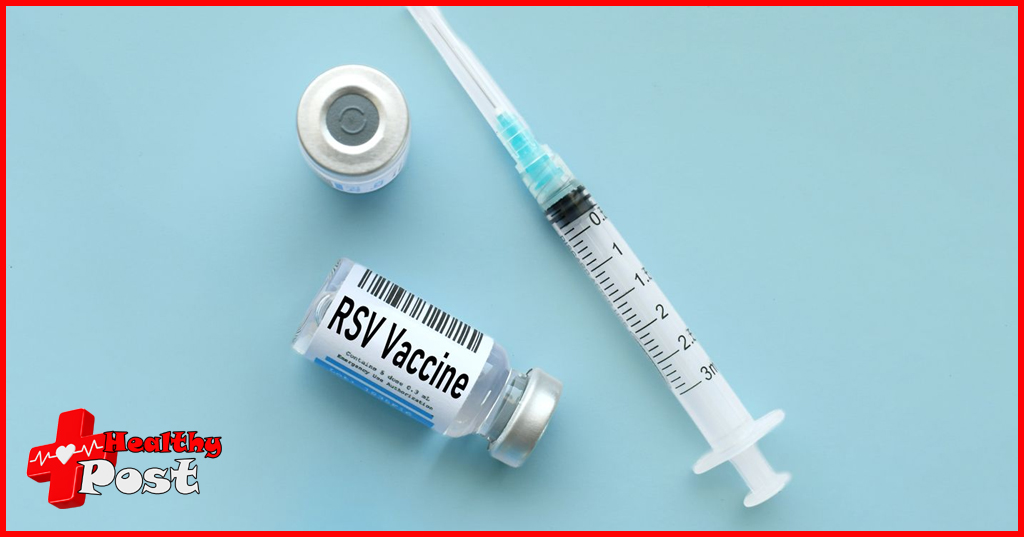
Respiratory syncytial virus “RSV Vaccine” Overview
Respiratory syncytial virus, also known as Human respiratory syncytial virus, or HRSV for short, was first isolated from infant respiratory specimens in 1957. Prior to that, it was only found in laboratory gorillas and was called Chimps coryza agent. Let’s know about Respiratory syncytial virus “RSV Vaccine”
The reason why it is called syncytial virus is that it can make the boundaries between adjacent cells disappear during tissue culture, so that they fuse together to form syncytia , so it is named respiratory syncytial virus. In 2015, the International Committee on Taxonomy of Viruses classified it as Human orthopneumovirus in the family Pneumoviridae. I have written an article about the truth of human orthopneumovirus before , you can jump to read it if you are interested.

The respiratory syncytial virus looks like a “ball” with two important glycoproteins attached to its surface, namely adhesion protein G and fusion protein F. The respiratory syncytial virus is also an RNA virus. Yes, it is also very easy to mutate, with the G gene mutating the most. In recent years, the dominant genotypes prevalent in many countries around the world come from ON1 and BA9 in the G gene family.
spread
Respiratory syncytial virus is highly contagious, with an R0 of approximately 4.5.
Let me explain R0: It is also called the basic reproduction number, which indicates the average number of people that a person infected with a certain infectious disease will infect when there is no external intervention and no one is immune.
The following table lists the R0 values of several common respiratory viruses :

Please note that infants, young children and the elderly with weakened immune systems may remain contagious for up to 4 weeks even if clinical symptoms disappear.
symptom
There are three main pathogenic mechanisms of RSV: airway obstruction caused by inflammation, bronchial smooth muscle spasm , and airway hyperresponsiveness after infection .

For adults, most of the symptoms caused by HRSV are mild and self-limiting . Even if they are infect, they can often recover without medication. But this is not the case for children. HRSV infection is the primary factor for hospitalization of infants and young children due to viral respiratory infections, especially for premature infants, infants with congenital heart disease or primary immunodeficiency . According to research data published in 2017, 84% of infants have been infect with HRSV before the age of 1, and 95% of infants and young children have been infect with HRSV before the age of 2.
The World Health Organization estimates that RSV has become the leading cause of acute respiratory infections in children , accounting for more than 60% of acute respiratory infections worldwide, and at the peak of the virus season, RSV accounts for more than 80% of acute respiratory infections.
The main symptoms of early childhood infection are limited to the upper respiratory tract, such as fever, nasal congestion, runny nose, cough, hoarseness, etc. If the upper respiratory tract infection is not control, it may develop downward to bronchiolitis or pneumonia. Data show that the rate of lower respiratory tract infection in infants and young children infected with HRSV is as high as 40%. In addition to respiratory diseases, HRSV infection can also cause cardiovascular and central nervous system lesions. The cardiovascular system can develop myocardial damage, right heart failure, myocarditis, severe arrhythmias and even heart failure. The central nervous system can develop central respiratory apnea, epilepsy, RSV encephalopathy, RSV encephalitis, RSV meningitis, etc. In addition, hypothermia, rash, thrombocytopenia and conjunctivitis may occur in very rare cases.
Harm
Most HRSV cases have a good prognosis and can be fully recovere without sequelae, but HRSV infection in infancy can lead to asthma, which is about 4 times the probability of healthy infants. Premature infants, children with congenital heart disease, Down syndrome, immune deficiency and other diseases often have more severe clinical manifestations after RSV infection , and a higher proportion of respiratory sequelae. Common manifestations include persistent wheezing or asthma, decreased activity tolerance, etc., and this damage to lung function can last for more than 10 years.
Another obvious harm caused by respiratory syncytial virus infection is the abuse of antibiotics. Think about yourself, or your relatives and friends around you. How many times have you taken antibiotics when you sought medical treatment for the above symptoms? Especially children. A 2021 survey showed that infants who developed HRSV bronchiolitis within 0-6 months of birth were 21% more likely to need antibiotics within 6-12 months of birth than infants who did not develop RSV bronchiolitis.
New drug approved
Nicevir was approve in the EU and the UK in October and November 2022, respectively, in Canada in April 2023, and in the US in July of the same year. This so-called respiratory syncytial virus vaccine is not a RSV vaccine in essence, but a fully human recombinant monoclonal antibody . Because it uses special genetic technology, the drug elimination half-life is as long as 62.5-72.9 days, achieving the effect of one injection for half a year or more, similar to a RSV vaccine.
The US CDC recommends the following for this monoclonal antibody:
Patients: Infants and children 8 months of age or 8-19 months of age who are at increased risk for severe RSV disease
Best time to get vaccinate: Before the RSV epidemic season or any time during the epidemic.
Dosage: Infants under 8 months of age: 50 mg per dose if weight < 5 kg; 100 mg per dose if weight ≥ 5 kg. Infants aged 8-19 months: 100 mg
Adverse reactions: Due to the short time on the market, the main adverse reactions are currently rash and injection site reactions, with incidence rates of 0.9% and 0.3% respectively.


One thought on “Respiratory syncytial virus “RSV Vaccine” Overview”